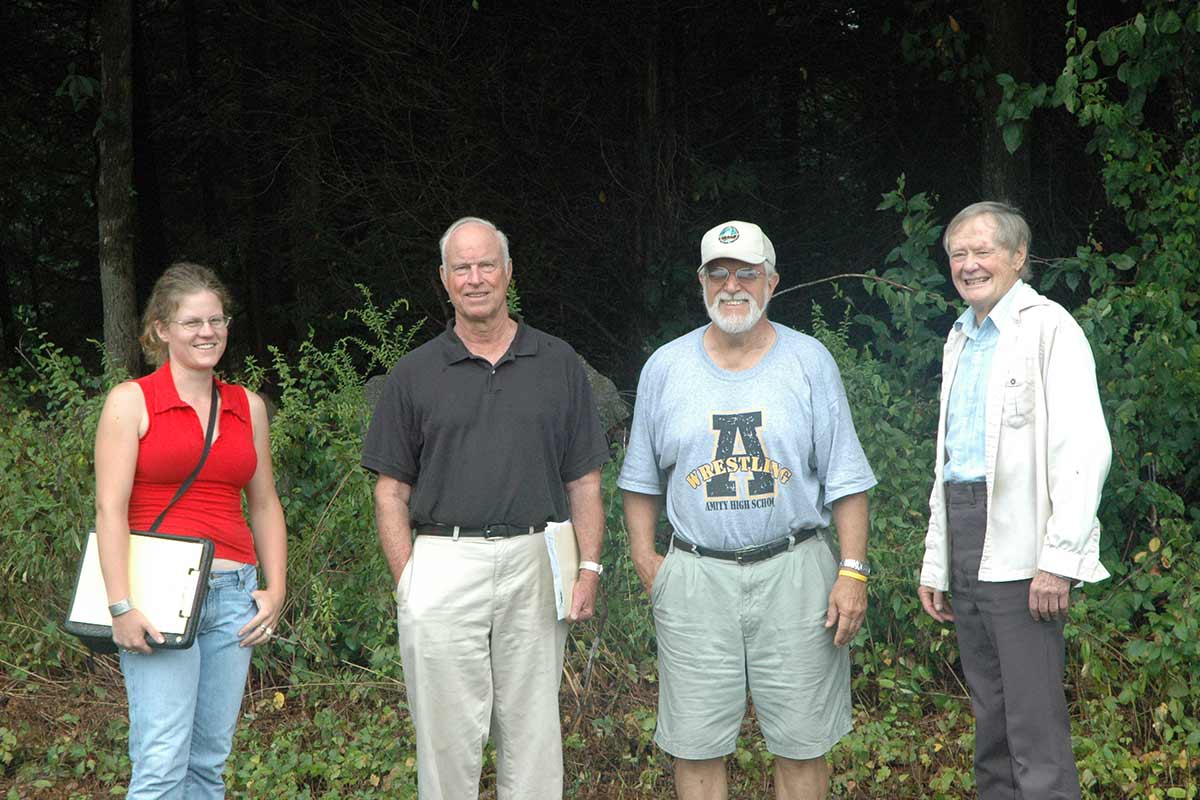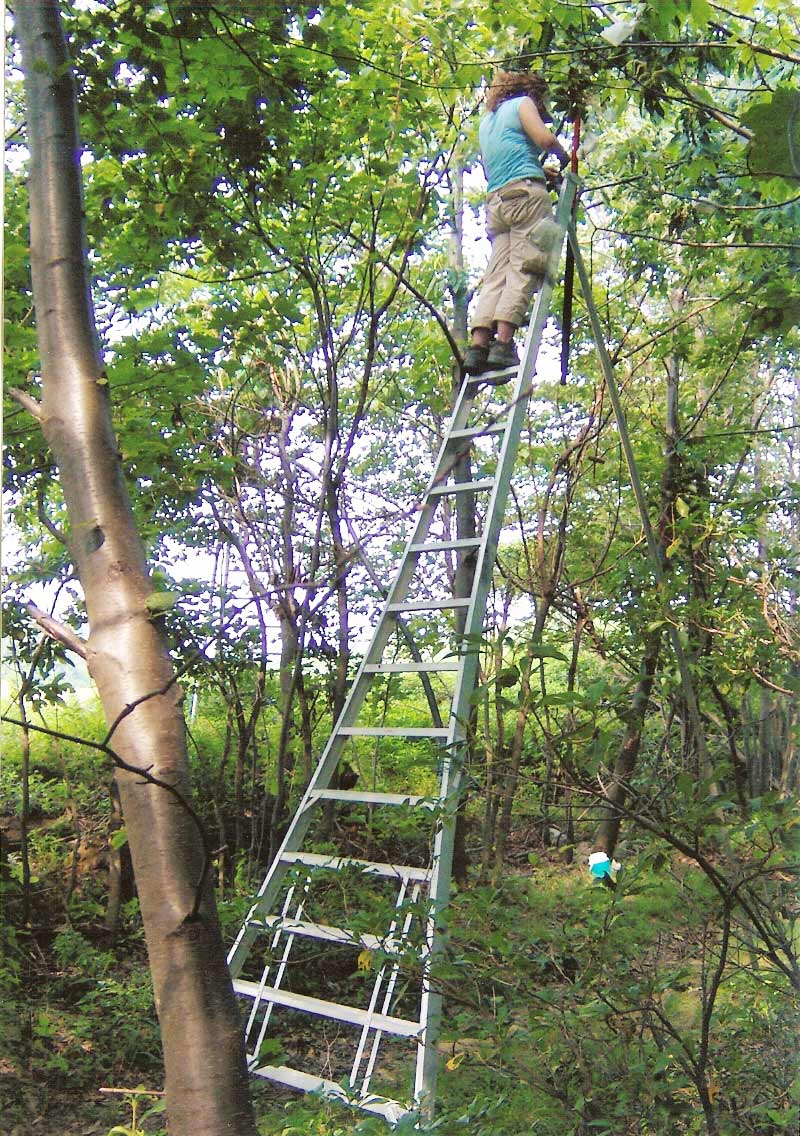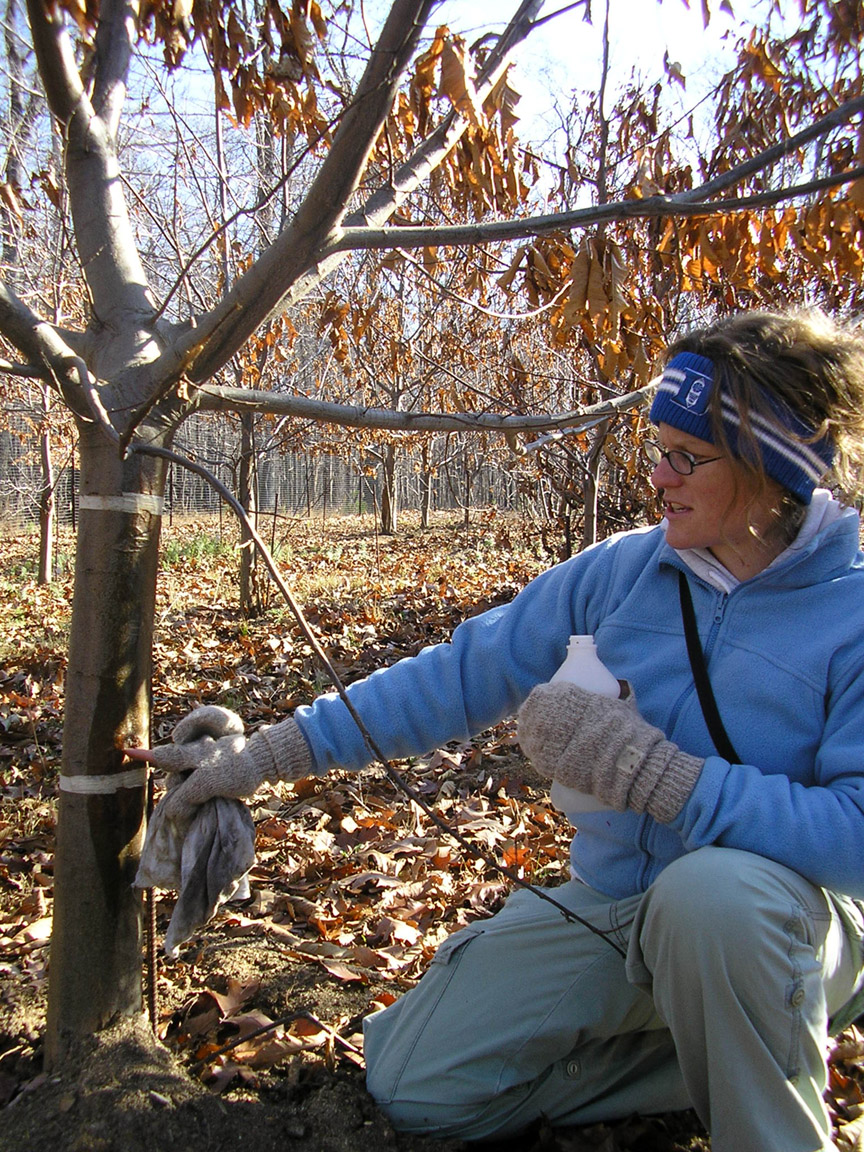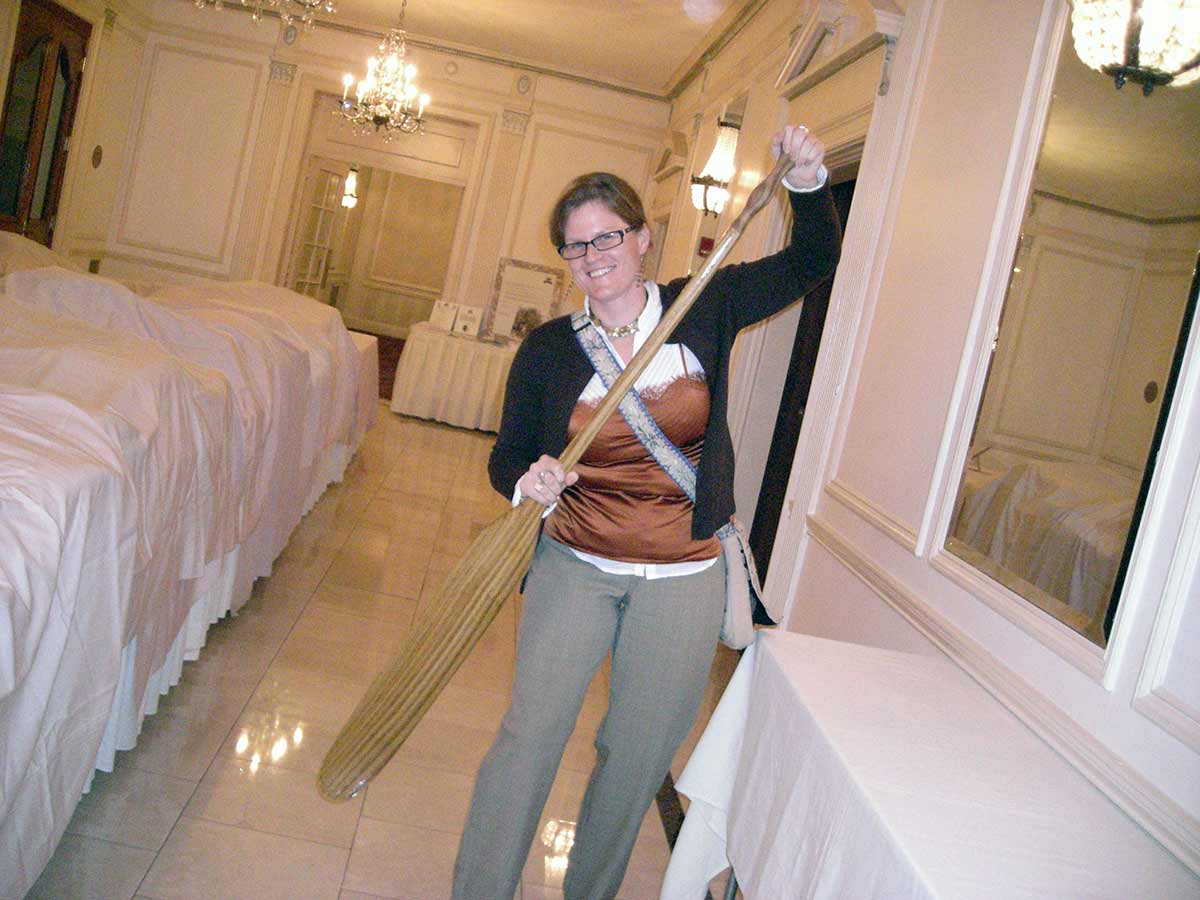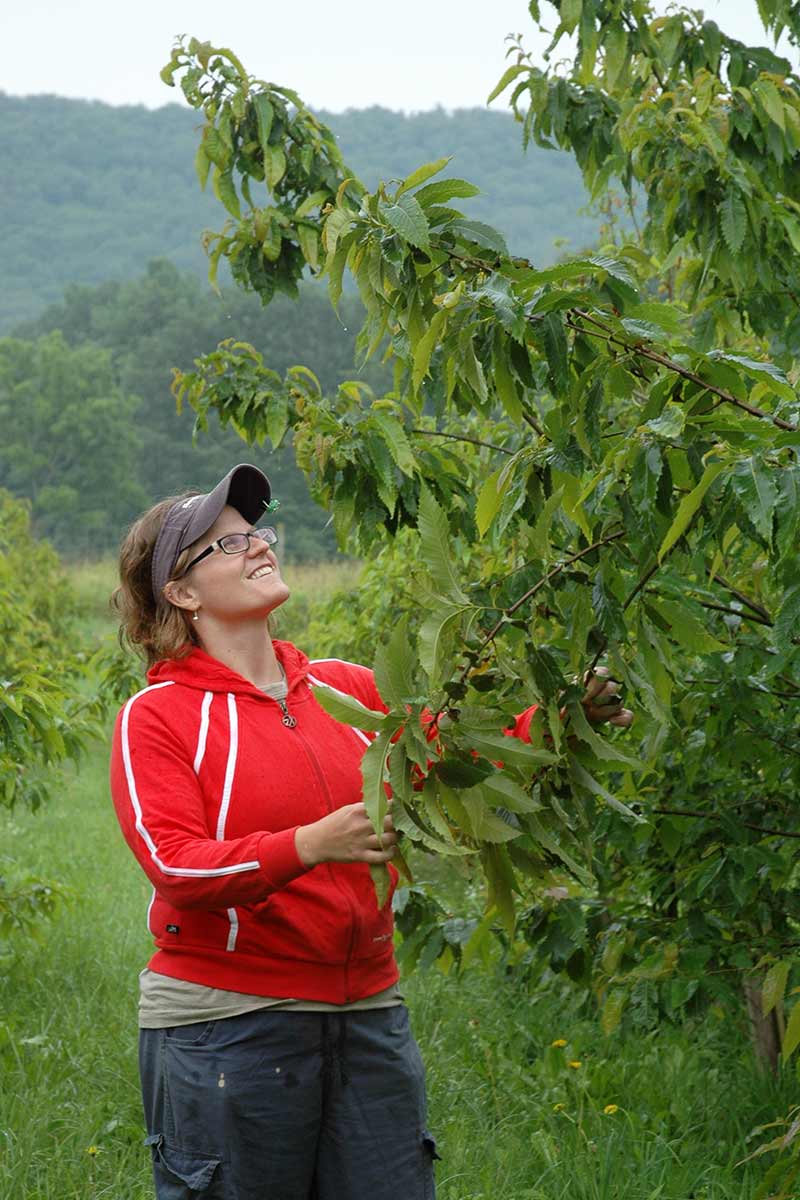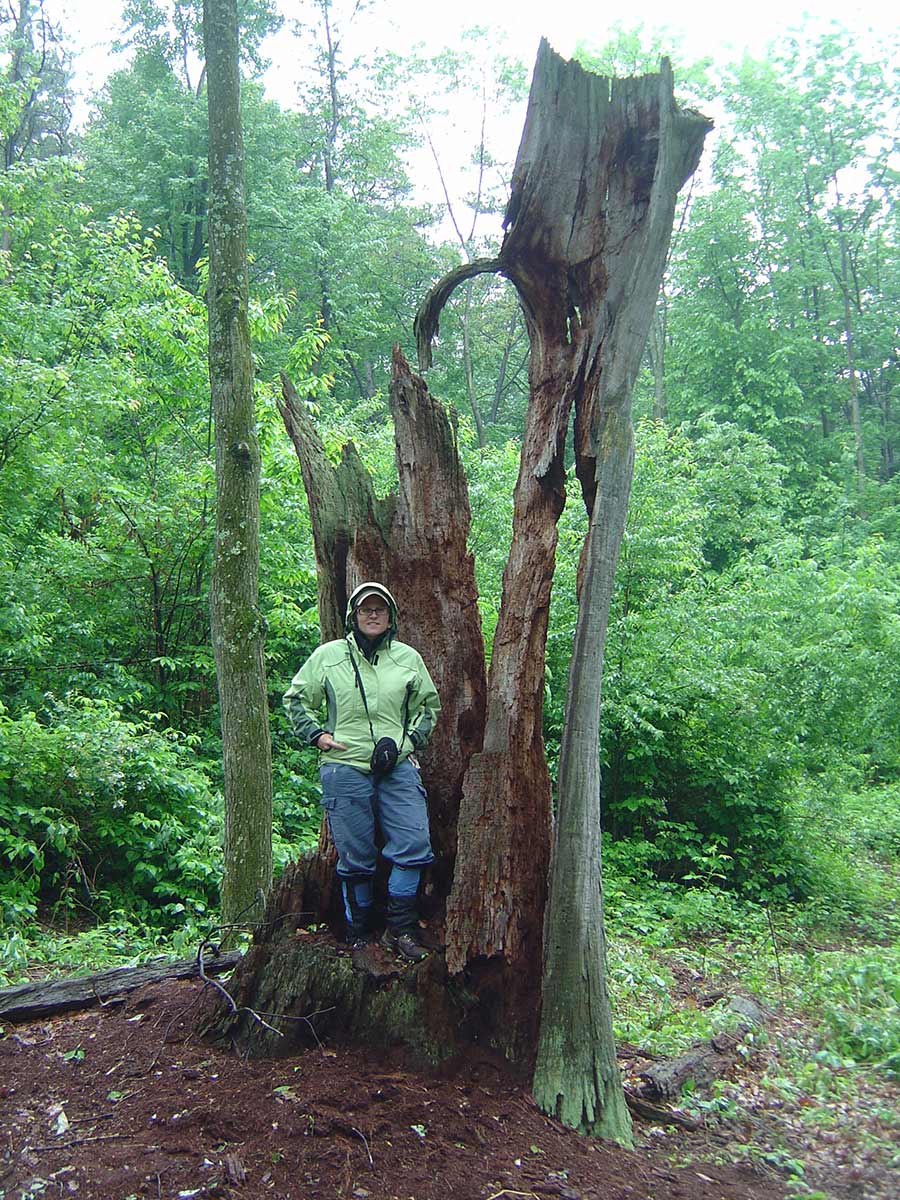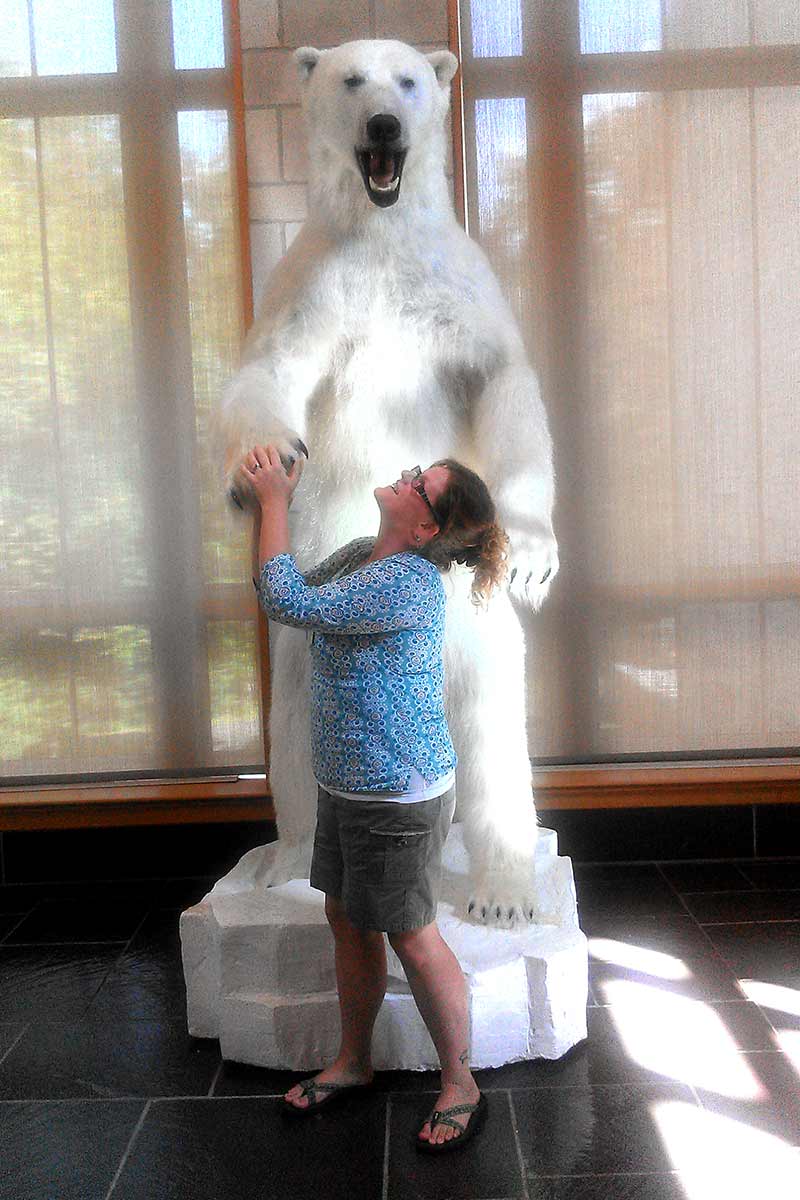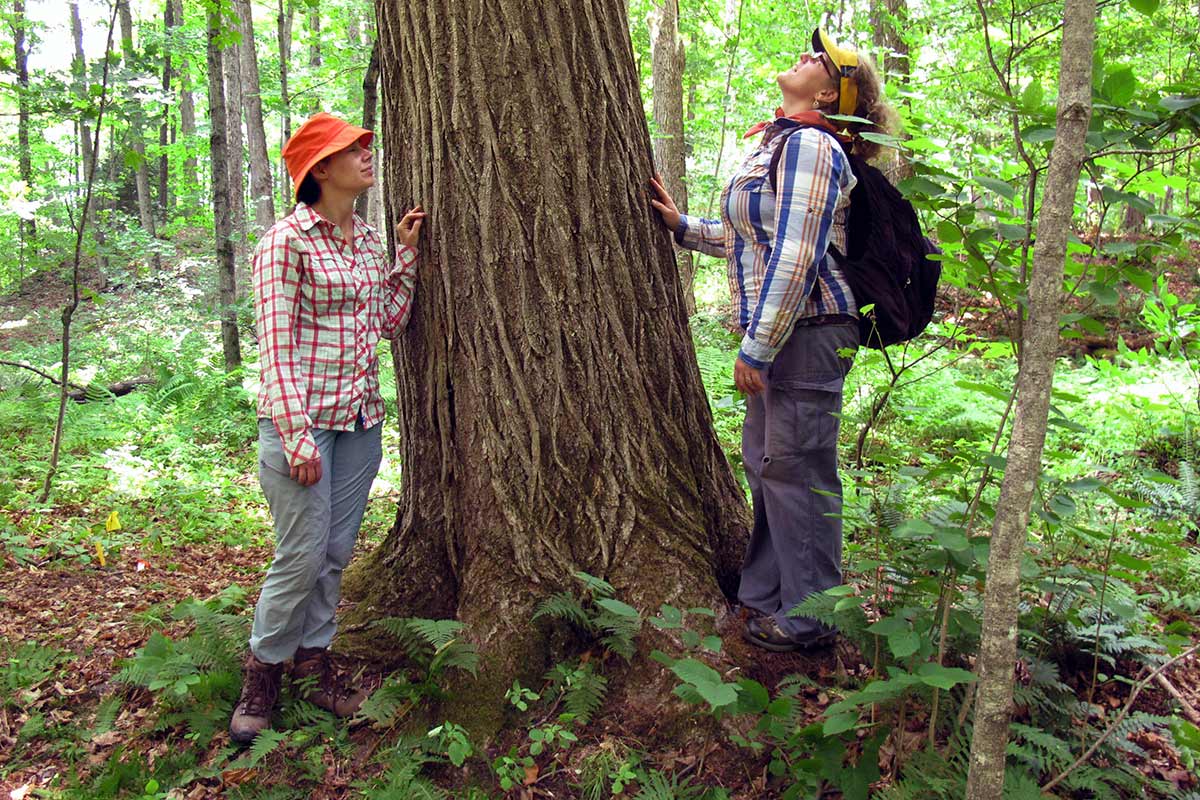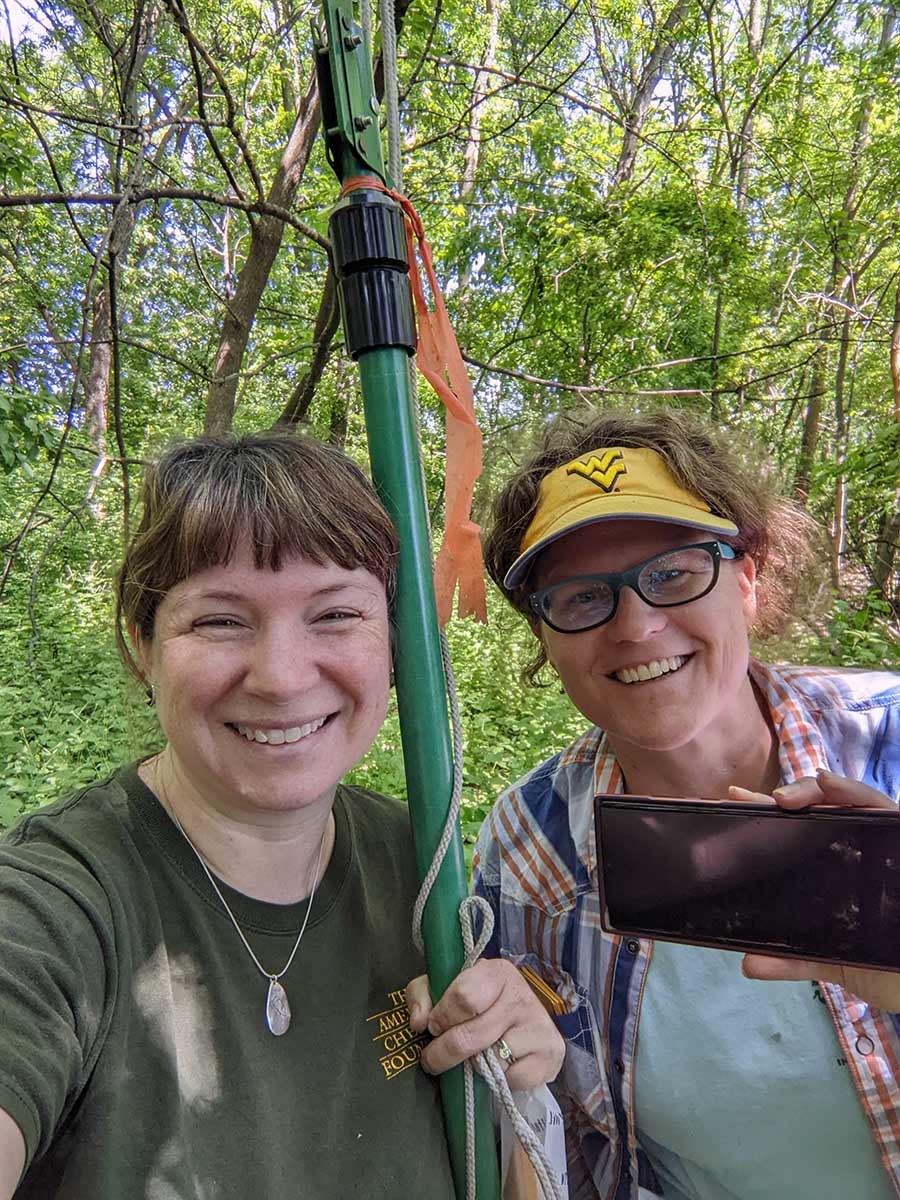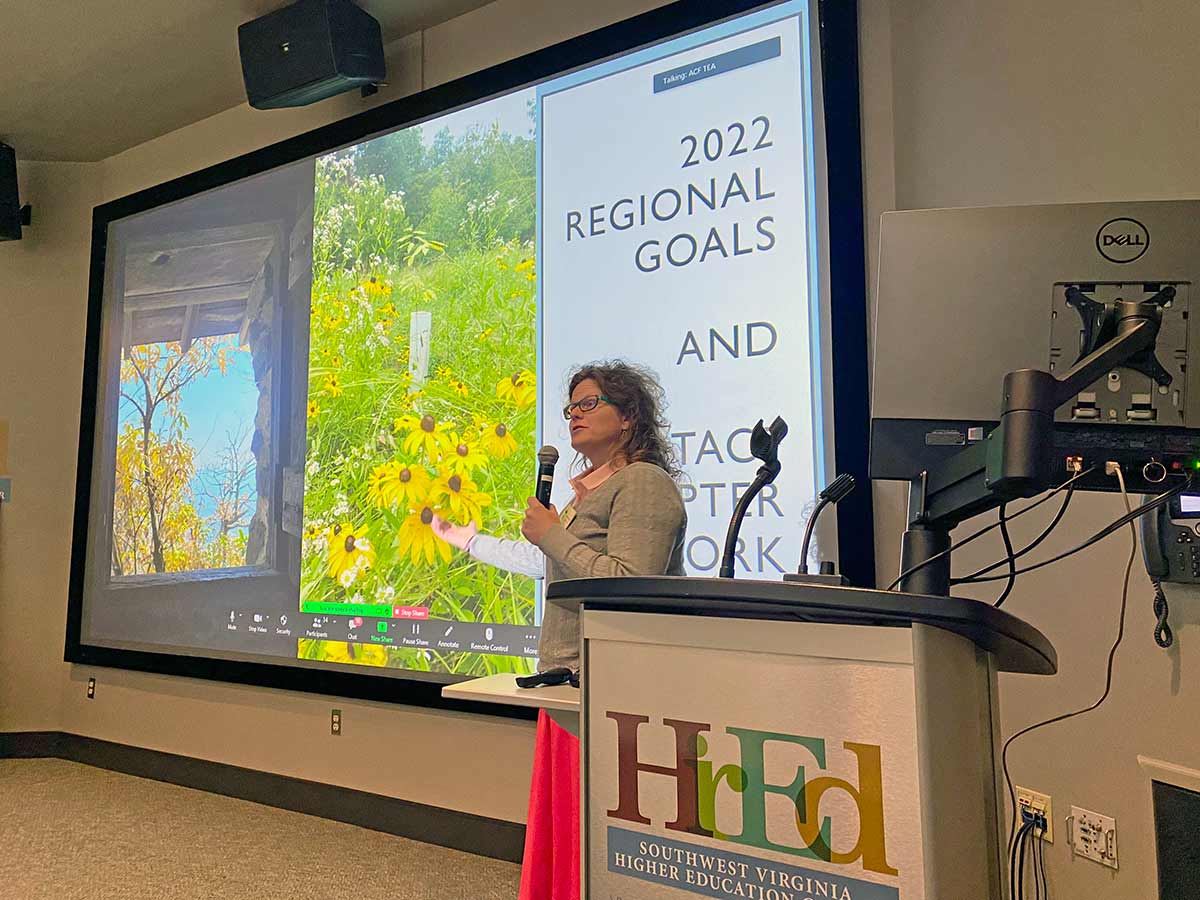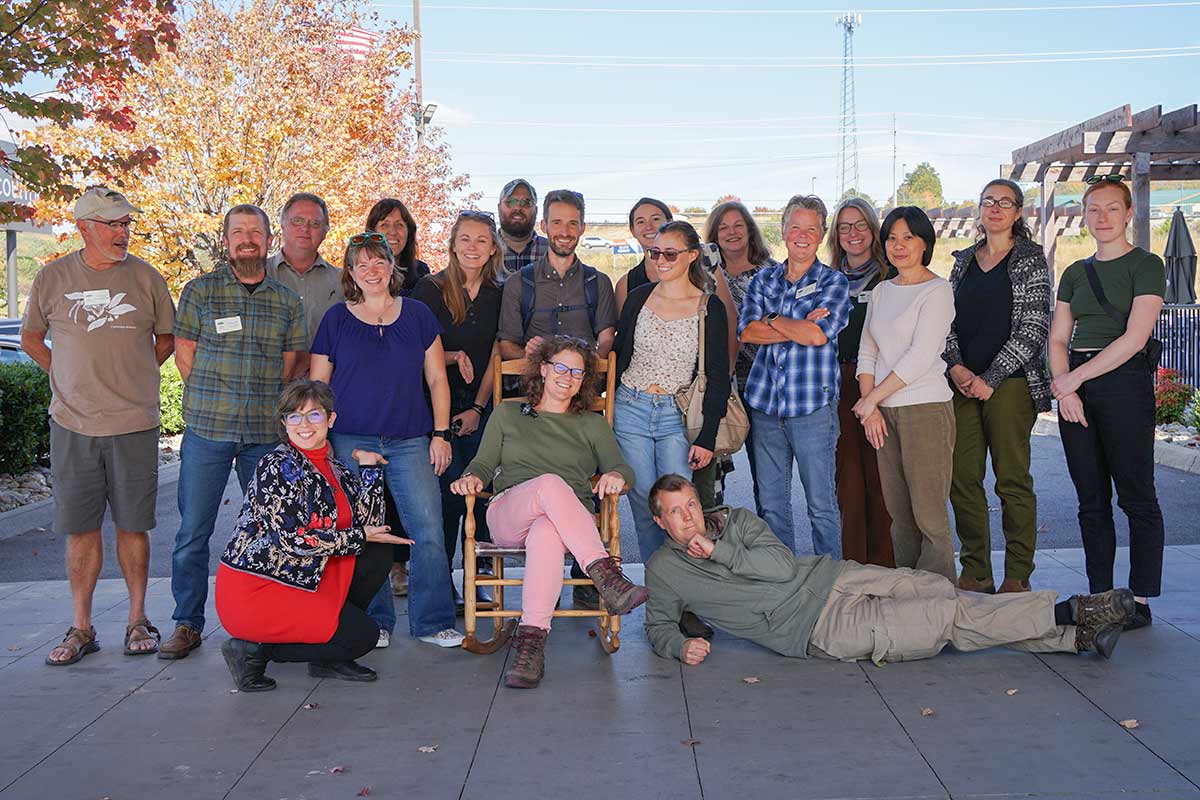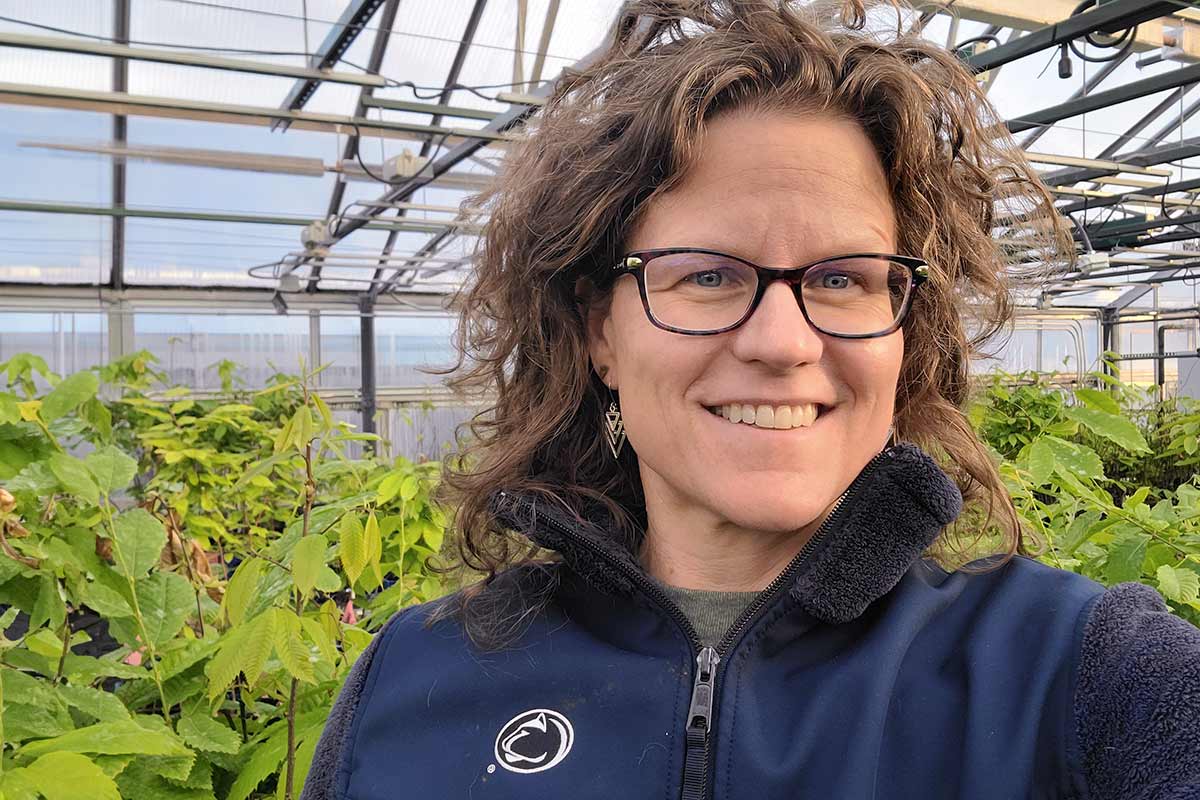On February 9, about 30 MD-TACF Chapter members and volunteers planted 4,000 5th generation hybrid chestnuts in a greenhouse located on the property of the Baltimore County Center for Maryland Agriculture and Farm Park. This was the first large chestnut planting project in Baltimore County. Many of the volunteers were recruited from the Maryland Master Naturalists (affiliated with the University of Maryland Extension Service) and from the volunteer trail guides working at the adjacent Oregon Ridge Park.
Plans for this project began in January when chapter member, David Gill, learned that greenhouse space was available. Luckily for the chapter, the Baltimore County Department of Recreation and Parks was seeking tenants for their new greenhouse that was completed last year. So, in a few weeks the event was organized and a large number of volunteers were recruited. The volunteer response was so great that, unfortunately, some had to be turned away due to the size limitations within the greenhouse.

An energetic volunteer covers seeds with planting mixture.
An early start Saturday morning began with instructions on soil mixing, potting the soil, placing and labeling the pots, planting the nuts, and covering the nuts. Participants were then divided into groups and began an assembly line process to complete the job. Many wondered if it was possible to finish this enormous task in one day, but by 6:00PM, the work was complete!
The chestnuts planted came largely from one of the chapter’s backcross orchards, where the trees had been selected for chestnut blight tolerance and American characteristics. These chestnuts are 1/16th Chinese and 15/16th American. In the greenhouse, chapter members will use small stem assays to select the trees again for blight tolerance. In this process, the small seedlings are scored and exposed to the blight fungus, Cryphonectria parasitica. Only those seedlings showing satisfactory tolerance to the blight will be transplanted to MD-TACF Chapter seed orchards. Once there, these trees will again be selected for blight tolerance and American chestnut characteristics. Then, in a few years, the selected trees will produce the sixth and final generation of chestnuts, which will hopefully show good tolerance to the blight.
The process of small stem assays allows TACF chapters to eliminate inferior trees earlier by reducing the number of trees planted in seed orchards. Planting in a greenhouse also gives better control of the germination. This is the first time that the Maryland Chapter has utilized the process on this scale. The planting caught the attention of local news media and was covered by The Baltimore Sun, a heavily read newspaper in the Baltimore area. Click here to read the article. (EDIT: source no longer available.)

